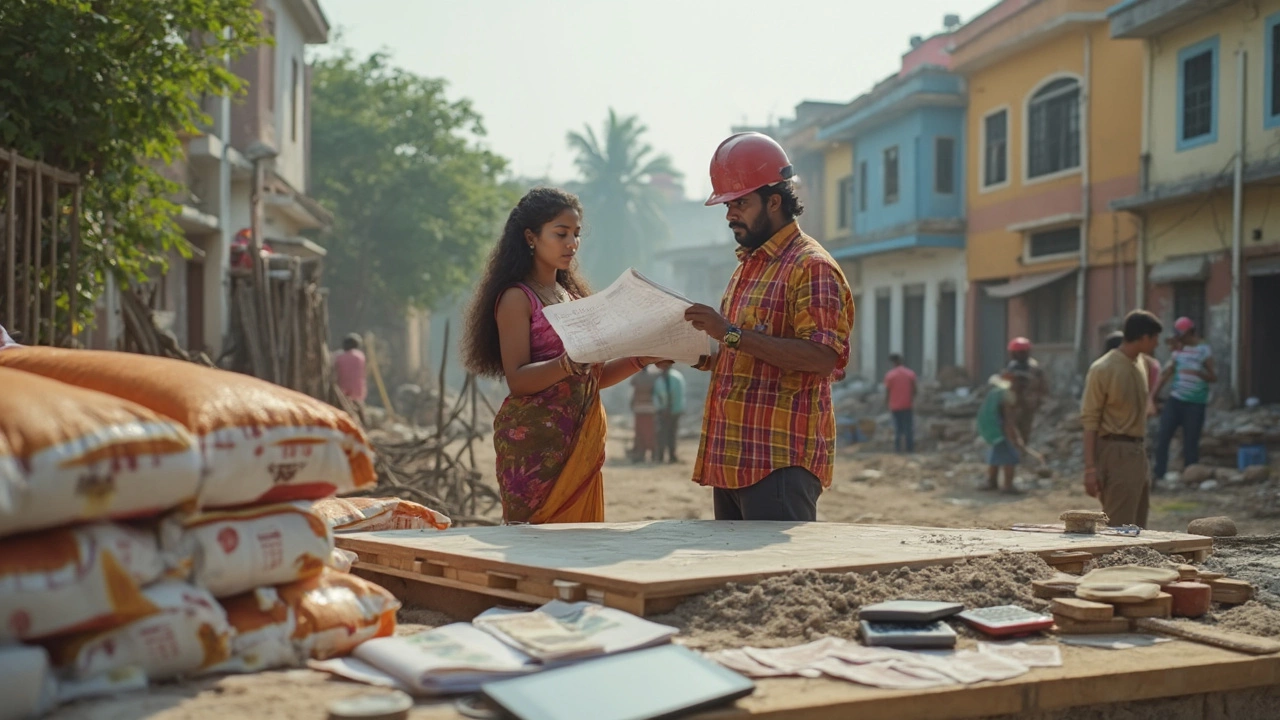Concrete Slab India – Your Quick Start Guide
If you need a solid floor for a house, shop, or factory, a concrete slab is often the go‑to solution in India. It’s strong, cheap, and works in almost any climate. But getting it right takes a few simple steps. This guide shows you how to pick the right mix, find a reliable installer, and keep the slab looking good for years.
Pick the Right Mix for Your Project
Concrete isn’t one‑size‑fits‑all. For a residential floor, a 1:2:4 mix (one part cement, two parts sand, four parts aggregate) works well. If you expect heavy loads like trucks or machinery, move to a 1:1.5:3 mix and add steel reinforcement. In coastal areas, ask for a mix with extra waterproofing additives to fight humidity and salt.
Ask your supplier for the slump test result – that’s a quick way to know if the concrete will flow properly into forms. A slump of 4–6 cm is good for flat slabs, while 2–4 cm is better for thick, load‑bearing slabs.
Hire a Good Contractor and Watch the Pour
Choosing the right contractor can save you headaches. Look for a company with at least three recent projects in your city and ask for references. Verify they have a valid labor license and insurance. A reputable crew will level the ground, set a proper sub‑base, and use vibration tools to remove air bubbles.
During the pour, be present or have a trusted supervisor watch the work. Check that the concrete is placed evenly and that the thickness matches the design – typically 100 mm for residential floors, 150 mm for commercial spaces. After the pour, the slab needs to cure for at least seven days. Keep it moist by covering with a wet jute sack or plastic sheet; this prevents cracks.
Once the slab has cured, do a simple surface check. Walk over it; you should feel a solid, even surface without soft spots. If you see any cracks, seal them with a concrete repair paste before the next step of flooring.
By following these basics – choosing the right mix, hiring a vetted contractor, and supervising the cure – you’ll end up with a concrete slab that holds up against India’s heat, monsoon rains, and everyday wear.
